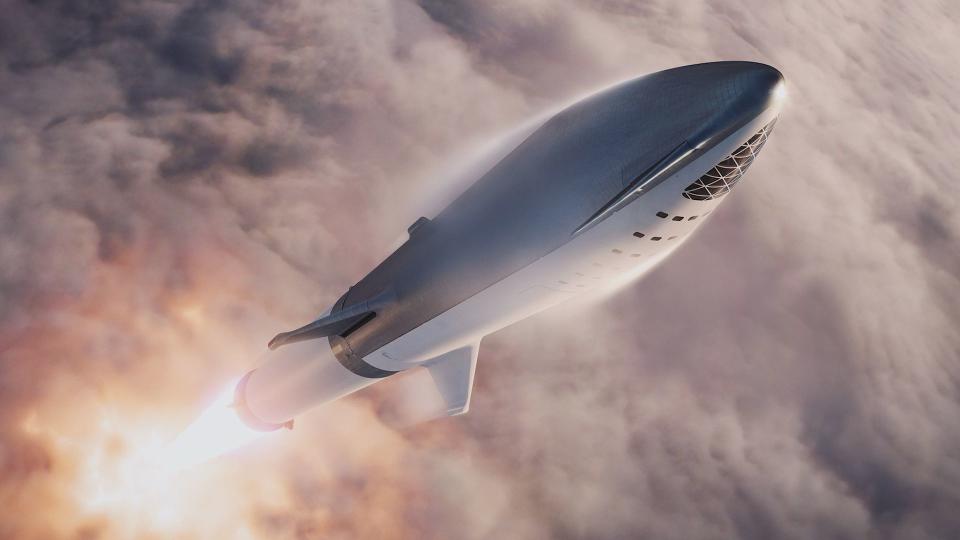A tiny satellite says goodbye to Mars with gorgeous new photo

Parting is such sweet sorrow.
A farewell photo taken by a tiny satellite shows its final view of Mars as it flew by the red planet on Monday.
The satellite — called a cubesat — that took the photo is named MarCO-B and it performed quite the service for humanity before saying goodbye to Mars.
The small satellite and its twin MarCO-A beamed home data to Earth on Monday as the InSight lander made its successful touchdown on Mars.
"This image was taken at about 12:10 p.m. PST (3:10 p.m. EST) while MarCO-B was flying away from the planet after InSight landed," NASA said in a statement, adding that the satellite was about 4,700 miles from Mars when the photo was snapped.
The MarCO satellites are the first cubesats to travel to deep space, and their success shows that they probably won't be the last.
The satellites were responsible for much of the immediate data mission controllers got back from InSight during its harrowing landing on the red planet.
SEE ALSO: InSight beams home its first photo from the surface of Mars
If more cubesats can launch with other big-ticket missions, it could make that kind of quick relay communication a reality in other deep parts of the solar system, and that's good for everyone.
"The experimental MarCO CubeSats have also opened a new door to smaller planetary spacecraft," Michael Watkins, the director of NASA's Jet Propulsion Laboratory, said in a statement.
"The success of these two unique missions [InSight and MarCO] is a tribute to the hundreds of talented engineers and scientists who put their genius and labor into making this a great day."
Now, the two satellites are floating off farther into deep space, their missions over.

Image: NASA/Bill Ingalls
But InSight's mission is just beginning.
InSight is now NASA's eighth successful mission to land on Mars, and the spacecraft is designed to do something that no rover or lander has done before.
The lander is expected to gather data about the geology and interior of Mars in order to help scientists understand exactly how the red planet formed and what exactly is going on within it.
InSight will listen for "marsquakes." Unlike earthquakes that are caused by tectonic plate movement, these quakes on Mars are thought to be caused by rocks cooling and contracting.
InSight will use those shakes on Mars to help map the Martian interior.
For now, however, InSight is just getting started with its checkouts on Mars before the science can really begin. And while the MarCOs aren't able to listen out for the lander anymore, NASA will keep a close eye on the probe as it performs its science.
WATCH: Elon Musk just unveiled images of SpaceX's ship that he hopes will be key to bringing people to Mars


